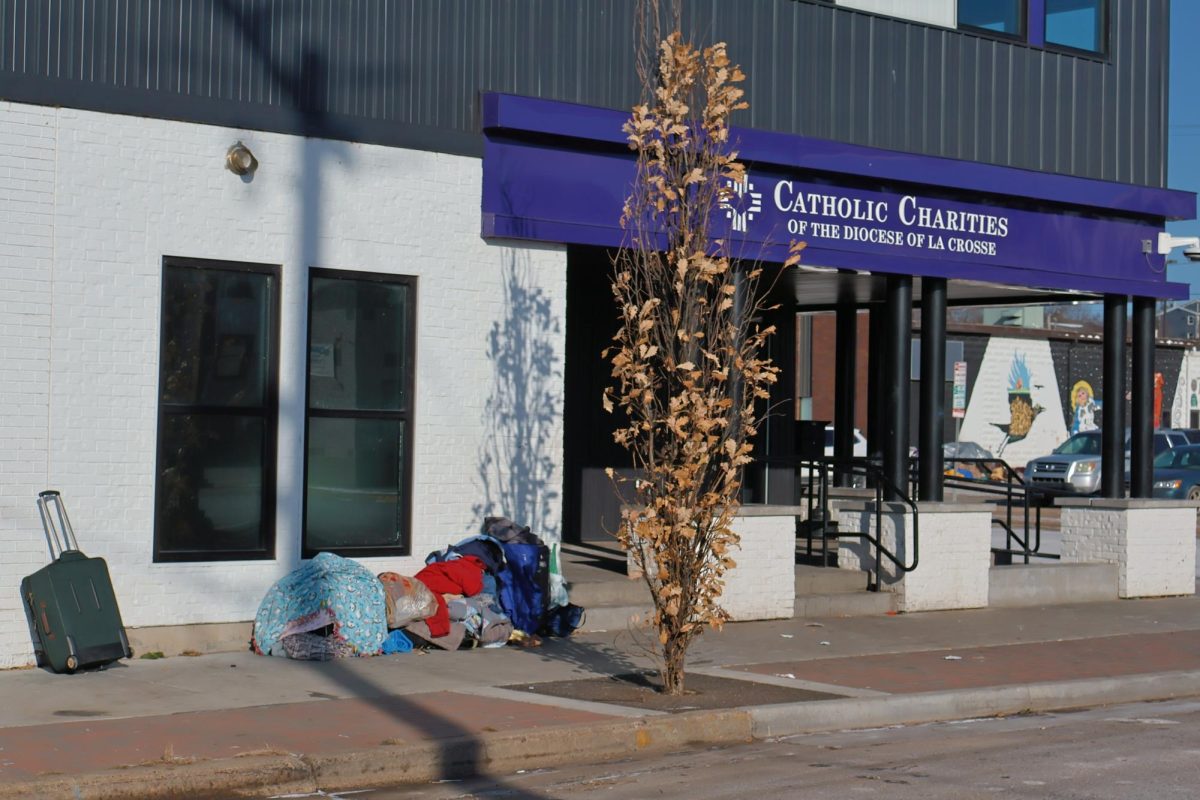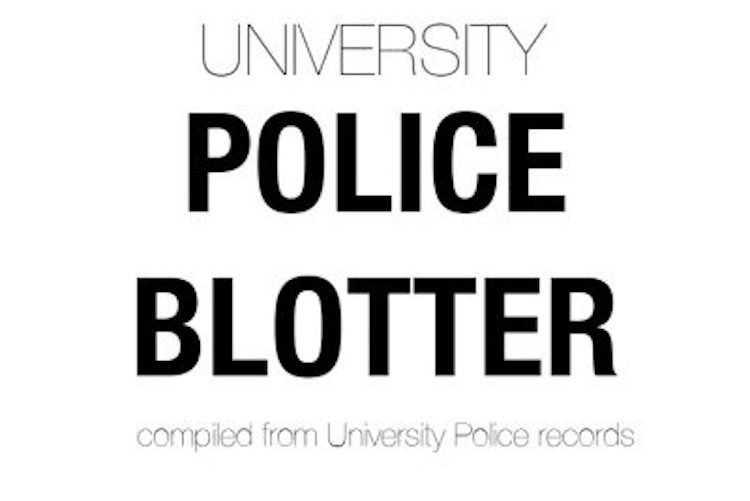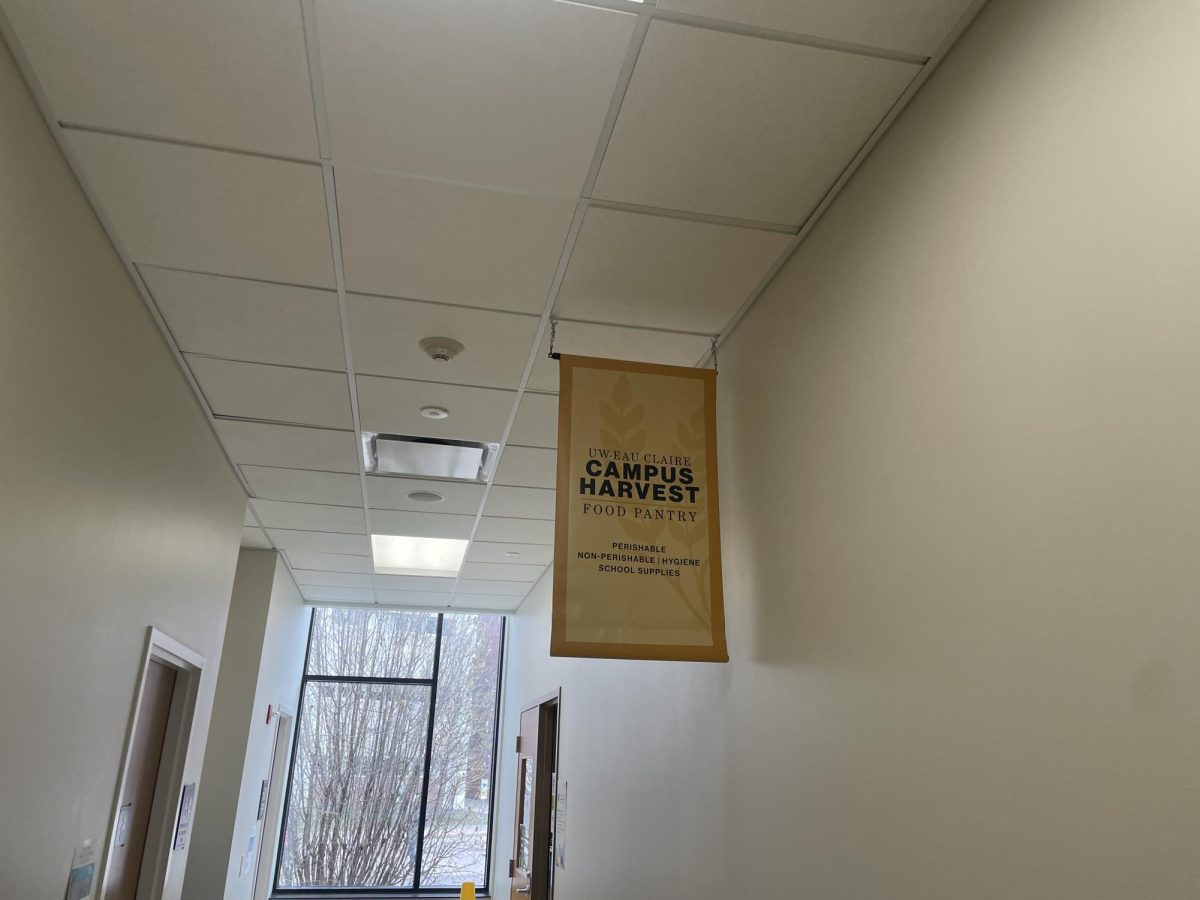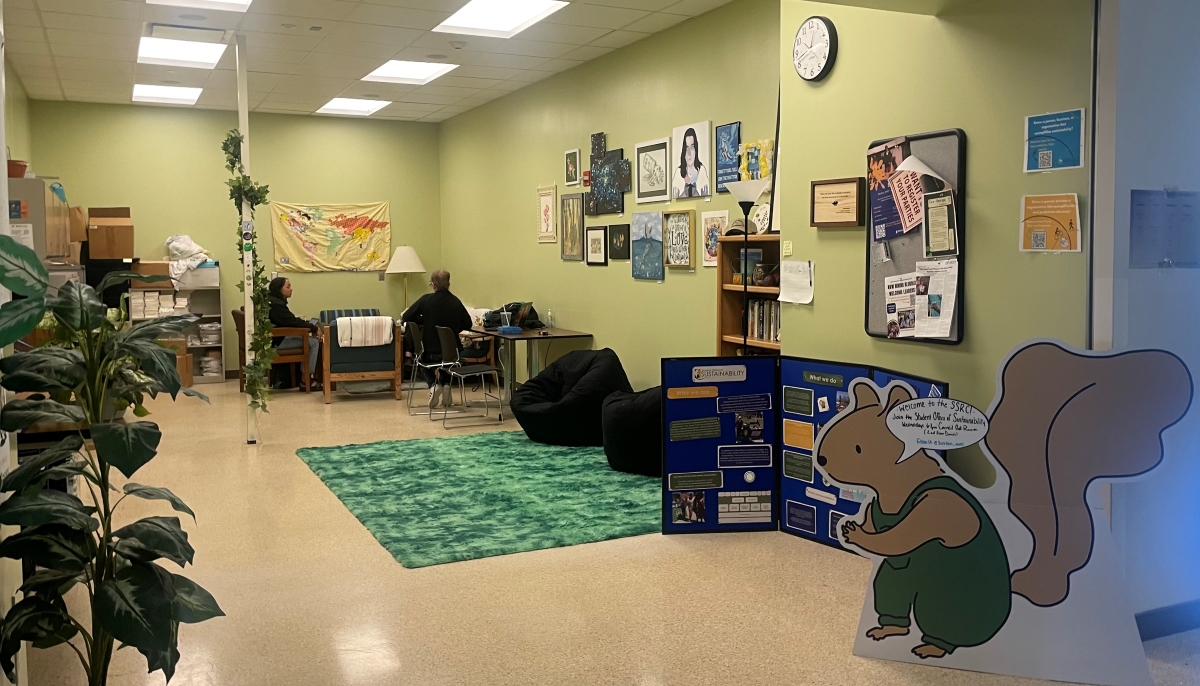The city of Eau Claire became one of the most recent American cities to receive a bronze “Bike Friendly Community” rating from the League of American Bicyclists.
The League of American Bicyclists is a nonprofit organization and one of the largest bicycling advocacy groups in the country.
Professor Bob Eierman, who is also a member of the Bike and Pedestrian Advisory Commission, said the new classification means that Eau Claire has a plan for improvements and is striving to implement them.
“It becomes a marketing piece, it becomes an identity piece for the city,” he said. “A bronze designation means you’ve got a pretty good start.”
Eierman added that this could have potential economic benefits for the city, too.
“There’s a reputation that goes with this,” he said, “and the Chamber of Commerce and other businesses can use it in tourism advertising.”
The main responsibility of the BPAC was to develop the Bike and Pedestrian Plan.
One of the goals of the plan is to find the most efficient way to improve the biking facilities around the city.
The way the city is going about this, Eierman said, is by adding new facilities to the roads already scheduled to be fixed — a rotation that takes about 20 years.
“This plan is focusing really on trying to make a multi-modal transportation system that takes into account cars,” he said, “but also bikes and pedestrians and public transportation, so that all different kinds of people are accommodated by that system.”
Junior Joy Rako said she bikes nearly every day to class, to stores and to Trinity Equestrian Center, which is almost six miles from the university campus.
“I think we have a lot of really good bike paths that are really convenient,” she said. “So I think that promotes biking.”
According to the city’s Parks, Recreation and Forestry Department, Eau Claire has 13 miles of bike trails within the city limits.
Eierman is also working to put together an application to become a “Bike Friendly University” for Eau Claire. However, after talking with university police and safety officers, he said, he isn’t optimistic about the university’s chances to become ranked.
“We are light years behind the city,” he said. “We are not even close, as a university, to the city. We don’t have a comprehensive plan.”
Two areas Eierman said are particularly problematic are the footbridge and the intersection at the bottom of the Garfield Avenue hill.
“The intersection at the bottom is just so poorly designed that there’s crashes all the time,” he said.
While Rako said she has never had problems with pedestrians or other cyclists on campus, she hopes this new designation will push the university and the community even more toward sustainability.
“I think it will promote more alternatives that are better for the environment,” she said.
This is not as true for Eierman, who said that the main reasons he rides his bike are convenience, health and price.
“We’re talking about all very practical and pragmatic reasons for riding a bike,” he said. “This is about transportation fundamentals … To me, part of this is about bikes, but part of this is about building a better city.”






